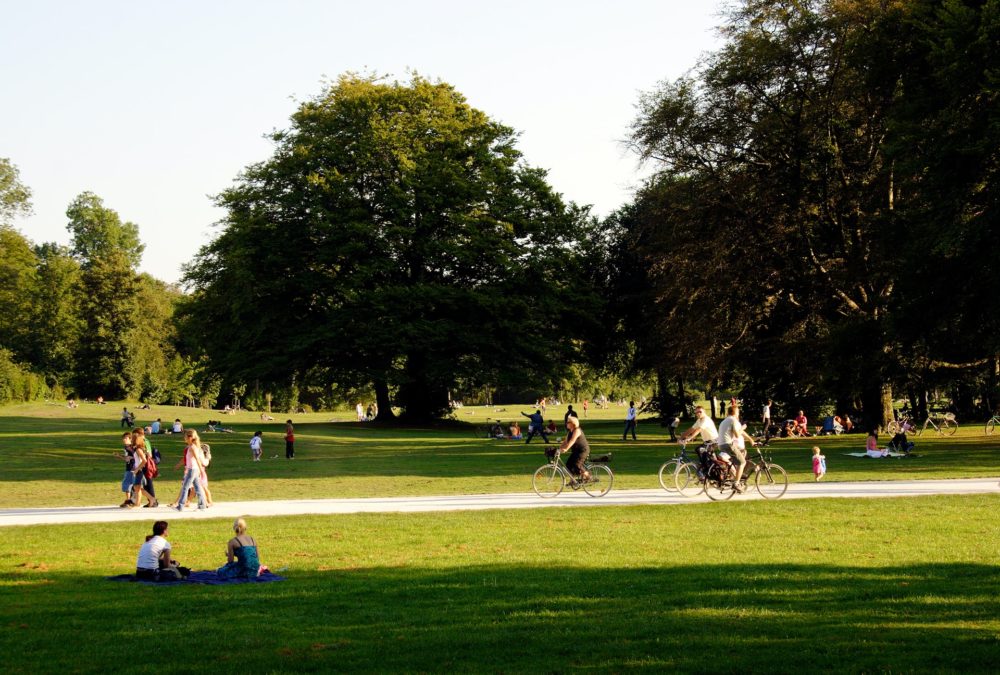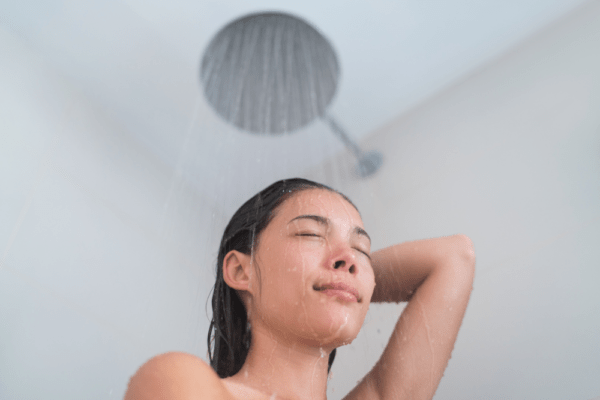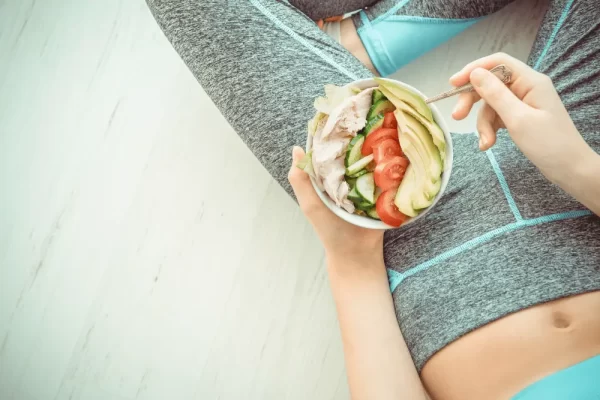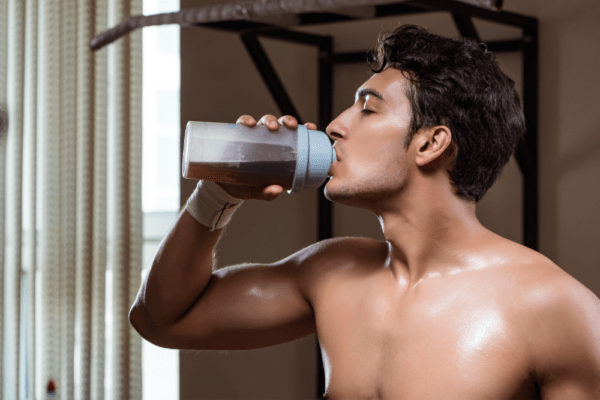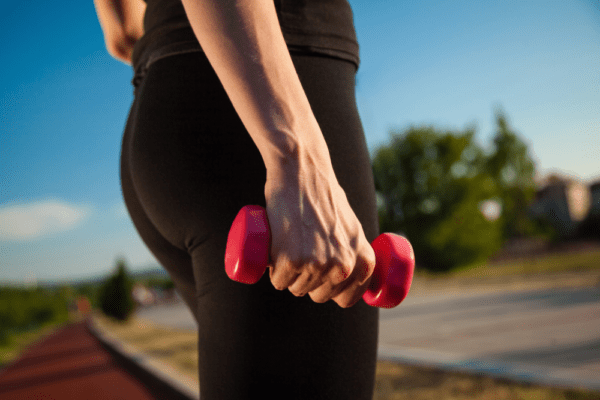Summer is officially here and as states begin to gradually open the restrictions of the lockdown, discussions about the safety and the measures to take to step outside should be conversed on. It is natural to want to go outside after weeks of stay-at-home orders aimed at halting the spread of COVID-19. Going outside is also great for your physical and mental health but it’s also important to keep in mind that the virus is still a dominating presence in all of our lives.
Stay-at-home orders were implemented for many reasons: to stop the virus from spreading between people, to prevent the collapse of hospital systems, to allow public-health officials to build up testing capacity, to snuff out hot spots before they became full-fledged outbreaks, etc. This has also provided some important clues about which behaviors and activities matter most for coronavirus transmission. As shops, parks, and more start to reopen, the key responsibility is understanding what makes you and those around you more or less safe wherever you are. Stepping outside will also mean facing the blazing sun that can affect your health, especially if you’re already sick.
So, how do you safely engage in activities like going to the park, meeting your friends, and other recreational activities? And yet stay safe and healthy? Here are some suggestions and strategies.
Safety amidst the summer of COVID-19
To begin with, continuing to stay home as much as possible is still the safest thing you can do. Wearing masks in public, avoiding large gatherings, respecting other people’s space, and understanding that the people you encounter might be in far more danger from catching the disease than you or your family, are again the basic precautions to be conscious about.
Once these measures are taken care of, you can start to evaluate different types of errands or leisure. But they should also be planned in advanced.
Public parks
If you are or planning to visit your local park, try to go at hours when it is less crowded. Wear a mask and keep socially distant from others and make use of trails, and open spaces. If you are taking your children with you, keep in mind to monitor your child and avoid letting them use equipment like swings as less as possible. Be mindful that other people can be asymptomatic or pre-symptomatic and potentially spreading the virus.
Beat the heat
As much as there is the looming threat of COVID-19, the rising temperatures is another concern to tackle. Heat related illness has a negative impact on your health and can even deteriorate it if you are already feeling under the weather.
If you don’t have access to air-conditioned environment, take a cool bath or shower to bring down your body temperature. Sponging yourself down with a washcloth and sitting in front of a fan can also help. Evaporative cooling is very effective, except in the most extreme humidity.
Drinking enough liquid and keeping your body hydrated is also crucial, especially during hot weather. Carry an insulated water bottle, wherever you go and fill it with an ice-cold water. Also, wear lightweight, light-colored, and loose-fitting clothes to beat the heat.
Exercising outdoors
When it comes to exercising, running or doing yoga in the park, it isn’t totally risk-free but less risky than confining yourself in a room full of strangers like a hour-long gym sessions. You can practice maintaining a safe distance of six feet or even more, for extra measure, but safest thing to do might be simply taking your workout routine inside your house.
If someone is walking or running in front of you, it’s probably a good idea to stay more than six feet behind them. If that person was infected with COVID-19 and they sneezed or coughed it could create a cloud of aerosol in the air; if you are right behind that person, you might walk or run through that.
Sports like basketball or football, that require close proximity and even physical contact should also be avoided as much as possible. And of course, remember to wash your hands or yourself after coming back home.
Sunscreen
Wearing a face mask is not a substitute for sunscreen. You should still apply sunscreen to the area underneath a mask to avoid getting a sunburn. Sun exposure causes sunburns, aging of the skin, and skin cancers that can be disfiguring and, in some cases such as melanoma, a condition of the skin.
Make routine use of sunscreen with a high SPF every two hours to decrease the harmful effects of ultraviolet light radiation.
Returning to work
If you are headed back to work, make sure all the safety precautions are in place at your workplace. If you have a customer-facing job, it’s important that employers install barriers so that people aren’t being exposed to a direct spray of everybody else’s respiratory droplets. Avoid car-pooing to work or public transport and use your personal vehicle. If that is not feasible and you have use to public transit, it is safe to take a cab if the cab is well sanitized and some type of barrier between the driver and passenger.
Also, avoid getting into a tightly packed elevator at work and if you do have to be in that situation, wear a mask. Encourage those you’re with to do the same. Additionally, avoid sitting in air-conditioned rooms as it can transmit the virus through the air more easily.
As we alter our routines, all these things are to be taken in consideration. Modifying your behavior and making smart choices will help minimize the spread of COVID-19 in the months to come.
